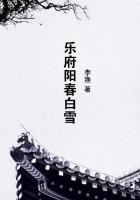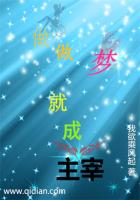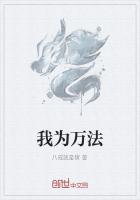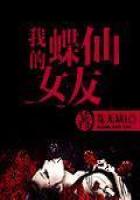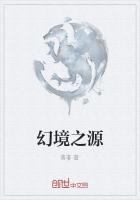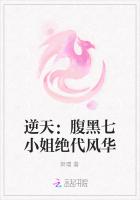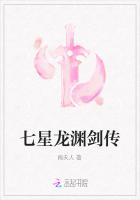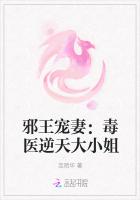"The result is that the end of the finger, instead of healing over, grows into the fine meshes of the pieces of sponge, by capillary attraction.Of course even this would heal in a few days, but the doctor does not let it heal.In three days he pulls the sponge off gently.The end of the finger has grown up just a fraction of an inch.Then a new thin layer of sponge is added.Day after day this process is repeated, each time the finger growing a little more.Anew nail develops if any of the matrix is left, and I suppose a clever surgeon by grafting up pieces of epidermis could produce on such a stump very passable finger-prints."No one of us said anything, but Kennedy seemed to realise the thought in our minds and proceeded to elaborate the method.
"It is known as the 'education sponge method,' and was first described by Dr.D.J.Hamilton, of Edinburgh, in 1881.It has frequently been used in America since then.The sponge really acts in a mechanical manner to support the new finger-tissue that is developed.The meshes are filled in by growing tissue, and as it grows the tissue absorbs part of the sponge, which is itself an animal tissue and acts like catgut.Part of it is also thrown off.In fact, the sponge imitates what happens naturally in the porous network of a regular blood-clot.It educates the tissue to grow, stimulates it - new blood-vessels and nerves as well as flesh.
"In another case I know of, almost the whole of the first joint of a finger was crushed off, and the doctor was asked to amputate the stump of bone that protruded.Instead, he decided to educate the tissue to grow out to cover it and appear like a normal finger.In these cases the doctors succeeded admirably in giving the patients entire new fingertips, without scars, and, except for the initial injury and operation, with comparatively little inconvenience except that absolute rest of the hands was required..
"That is what happened, gentlemen," concluded Kennedy."That is why Mr.Forbes, alias Williams, made a trip to Philadelphia to be treated-for crushed finger-tips, not for the kick of an automobile engine.He may have paid the doctors in counterfeits.In reality this man was playing a game in which there was indeed a heavy stake at issue.He was a counterfeiter sought by two governments with the net closing about him.What are the tips of a few fingers compared with life, liberty, wealth, and a beautiful woman? The first two sets of prints are different from the third because they are made by different finger-tips-on the same man.The very core of the prints was changed.But the finger-print system is vindicated by the very ingenuity of the man who so cleverly has contrivred to beat it.""Very interesting - to one who is interested," remarked the stranger, "but what has that to do with detaining my wife and myself, making us miss our train, and insulting us?""Just this," replied Craig."If you will kindly oblige us by laying your fingers on this inking-pad and then lightly on this sheet of paper, I think I can show you an answer."Knight demurred, and his wife grew hysterical at the idea, but there was nothing to do but comply.Kennedy glanced at the fourth set of prints, then at the third set taken a week ago, and smiled.No one said a word.Knight or Williams, which was it? He nonchalantly lit a cigarette.
"So you say I am this Williams, the counterfeiter?" he asked superciliously.
"I do," reiterated Kennedy."You are also Forbes.""I don't suppose Scotland Yard has neglected to furnish you with photographs and a description of this Forbes?"Burke reluctantly pulled out a Bertillon card from his pocket and laid it on the table.It bore the front face and profile of the famous counterfeiter, as well as his measurements.
The man picked it up as if indeed it was a curious thing.His coolness nearly convinced me.Surely he should have hesitated in actually demanding this last piece of evidence.I had heard, however, that the Bertillon system of measurements often depended on the personal equation of the measurer as well as on the measured.
Was he relying on that, or on his difference in features?
I looked over Kennedy's shoulder at the card on the table.There was the concave nose of the "portrait parle" " of Forbes, as it had first been described to us.Without looking further I involuntarily glanced at the man, although I had no need to do so.I knew that his nose was the exact opposite of that of Forbes.

